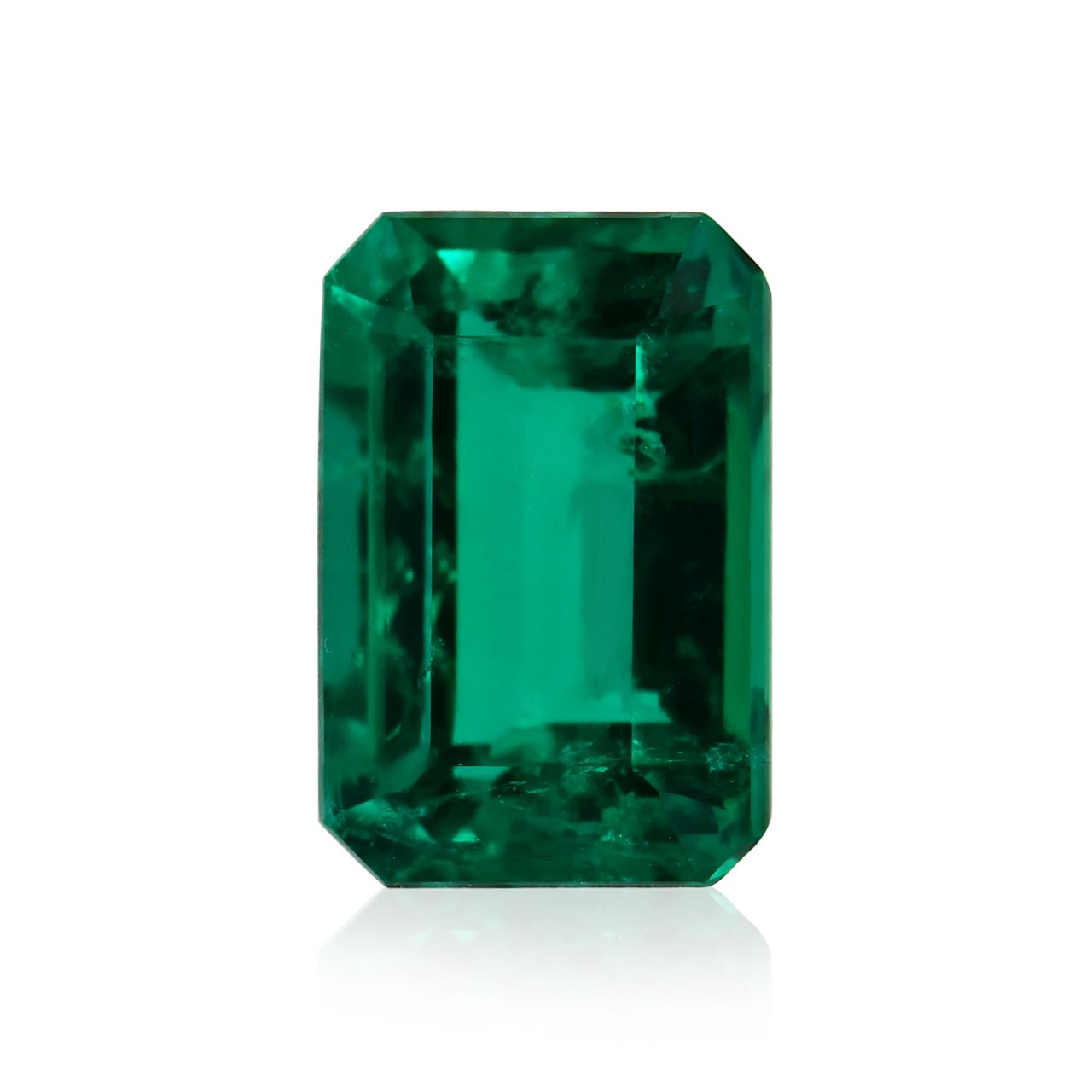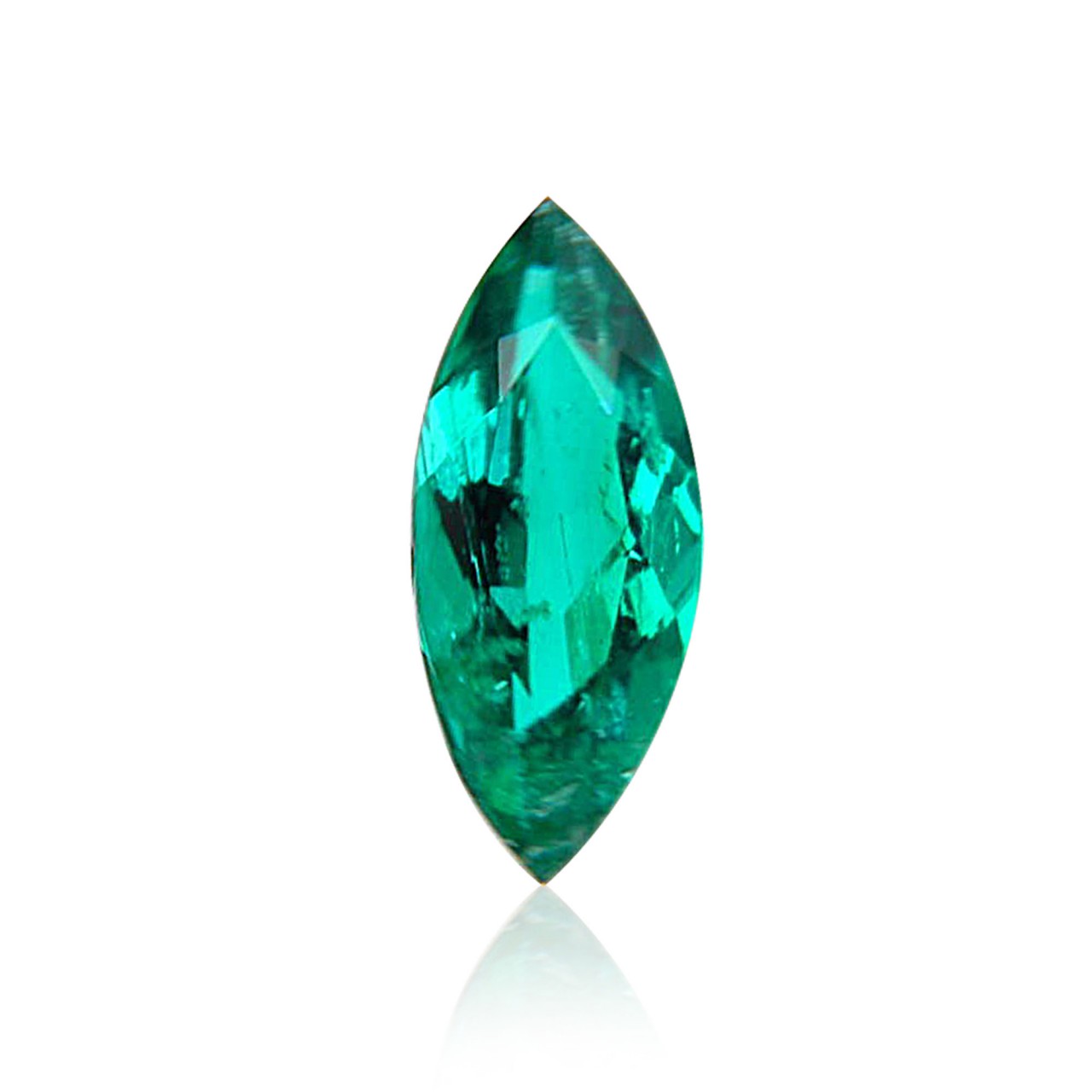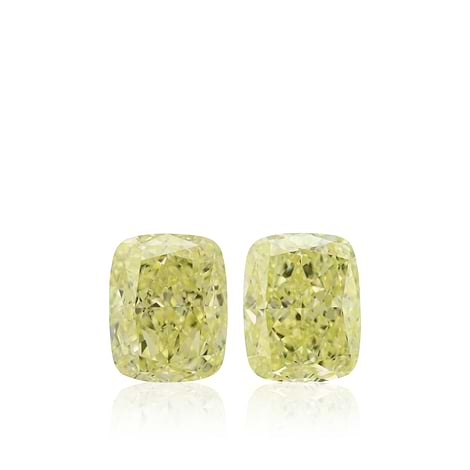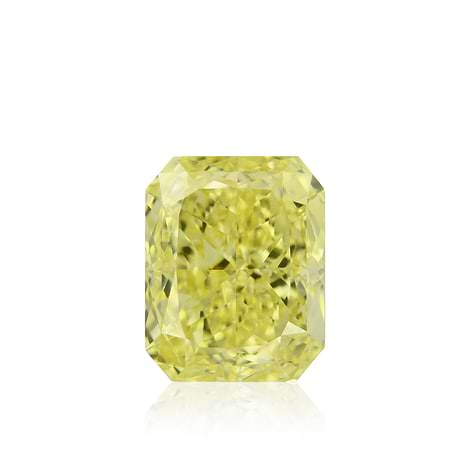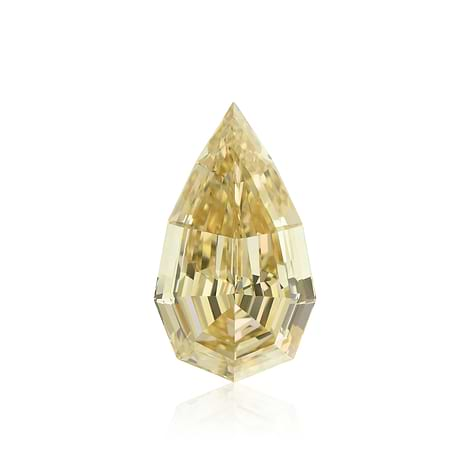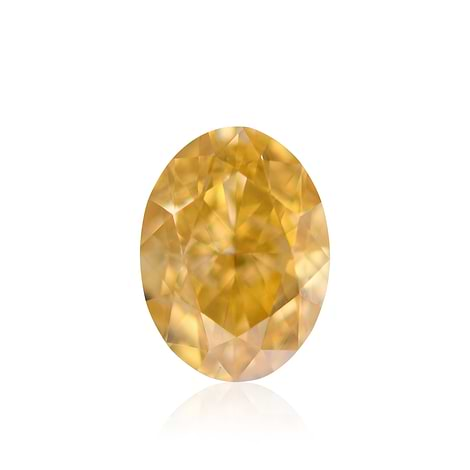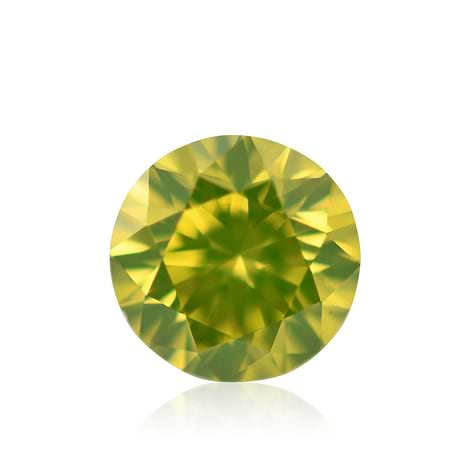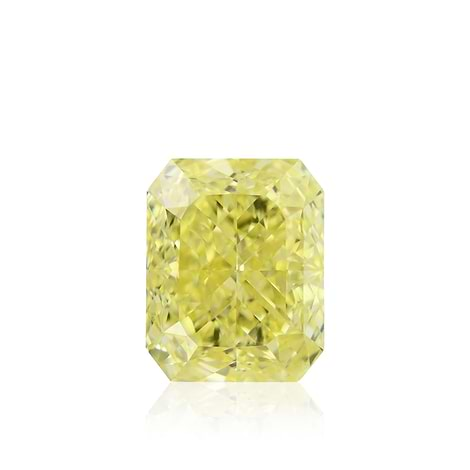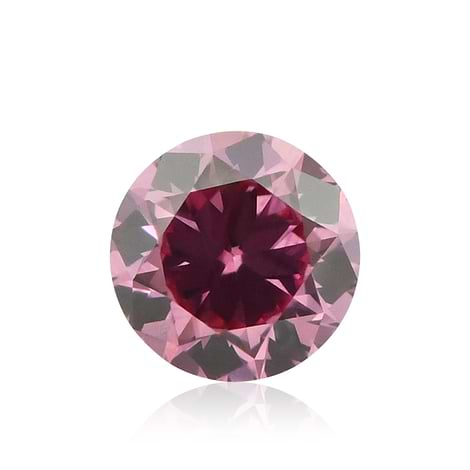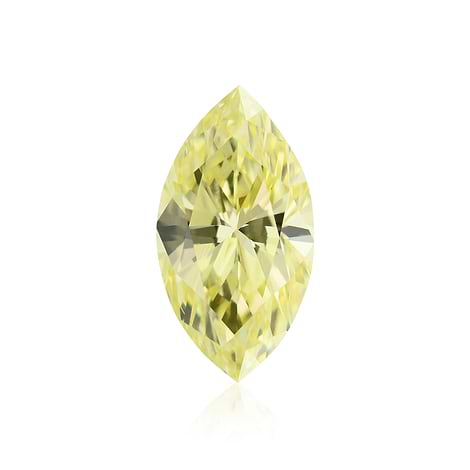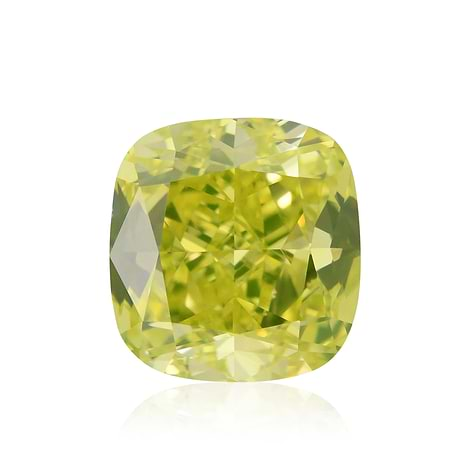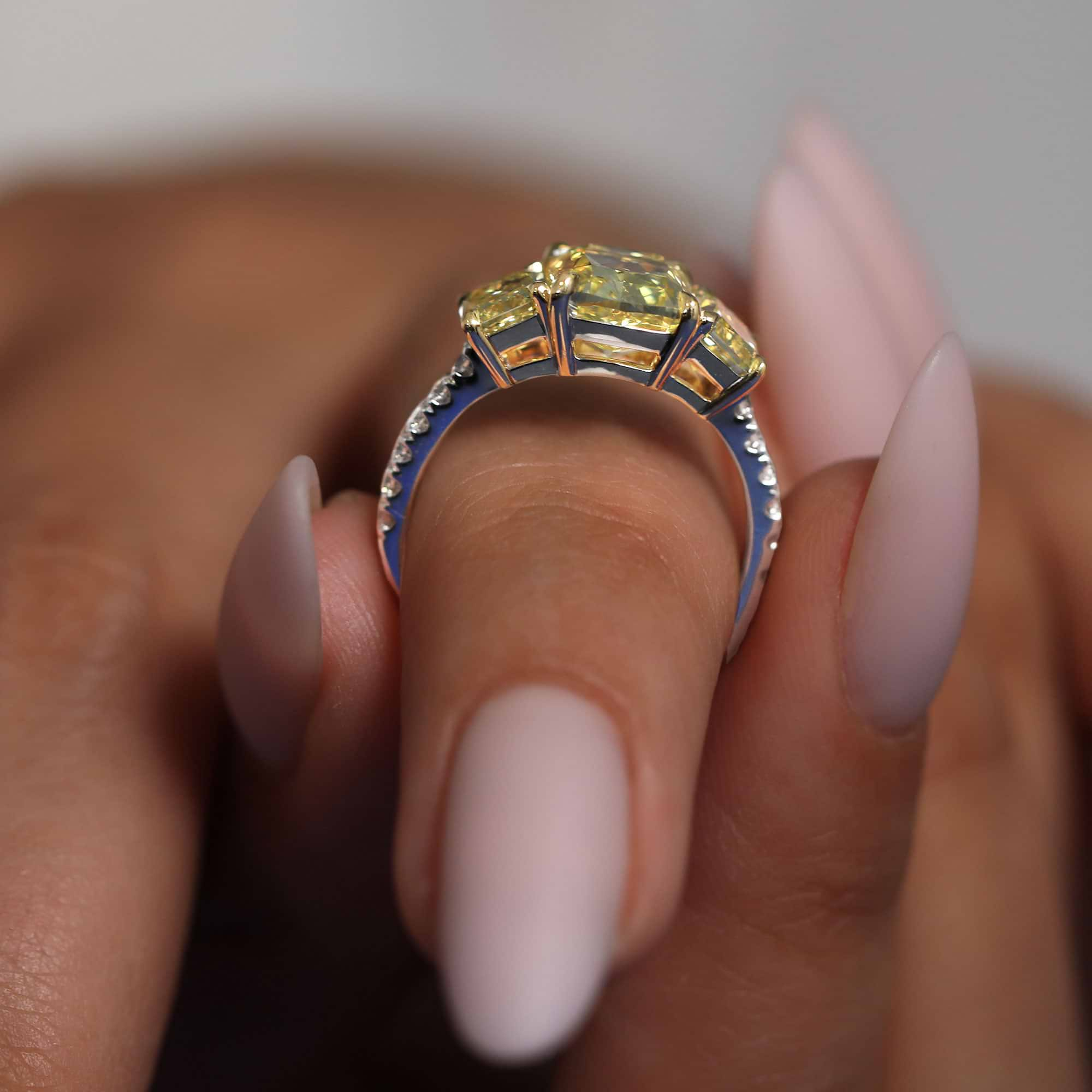The world of jewelry is vast. From precious metals to precious and semi-precious gemstones, there are many options to choose from. What makes someone choose one gemstone over another? Well, there are many aspects to choosing a gemstone including color, quality, and texture. However, when it comes to fulfilling certain criteria, emeralds certainly rank high in terms of what you get for your money. By analyzing emeralds and understanding what they are all about, it will be easier to grasp the benefits of this fascinating stone.
A Little About Emeralds
As a variety of the mineral beryl, emeralds are precious gemstones that rank around 7 on the Mohs scale of hardness. Just for comparison’s sake, sapphires and rubies rank 9 and diamonds rank 10. They are soft compared to diamonds, but emeralds are still quite durable. They range in hardness and can even reach 8 on the Mohs scale. Even though imperfections are frequent within emeralds, the color and the way emeralds are cut have a way of hiding them in such a way that many inclusions are not noticeable to the untrained eye.
Sources for Emeralds
Though emeralds have been found on six continents, a great deal of them is sourced from Colombia. Zambia is another noteworthy source for emeralds. In addition to these two main locations, emeralds are also mined in Canada, China, Australia, Egypt, Norway, Switzerland, and the United States.
An Example of a Colombian Emerald (l).
Emerald Shapes
Gemstone shapes are generally chosen based on the structure of the stone. Given the fact that emeralds are much softer than diamonds and often have inclusions, the emerald shape is ideally chosen, hence its name. Additionally, this shape minimizes waste while cutting the stone. The emerald shape consists of the step cut, which is a set of step-like cuts around the stone that gradually grow smaller and smaller. Heart emeralds, pear emeralds, and marquise emeralds are common choices as well.
The Color of an Emerald
Many people are surprised to find out that emeralds aren’t just green. They can also range from yellows to blues. An emerald’s color is defined by three factors: hue, saturation, and tone. The hue is the actual color, so if it is green, then the hue is green. If it is yellow-green, then the hue is yellow green. When talking about saturation, we are referring to the level at which the color can be detected, otherwise known as color intensity. Darker stones will most likely have a higher color intensity level. That is the stone’s color saturation. Lastly, an emerald’s tone refers to the purity of the color. A stone can be a pure color, which is ideal, especially for emeralds, or can contain color combinations. If an emerald showcases a green-blue color, it can be said that it possesses a green-blue tone.
Along with the typical elements that are important for assessing gemstones, otherwise known as the 4 Cs (color, cut, clarity, carat), is the crystal factor. Emeralds can give off different appearances depending on its color and clarity, but what is highly prized is the crystal appearance. Emeralds are sought after for their transparent look, also known as crystal. Cloudier and opaque stones are less desirable. Finally, as high quality emeralds are hard to come by, be prepared to meet premium prices for stones that are eye clean, have a vivid green color, and have minimal secondary colors. After all said and done, purchasing an emerald can be a terrific way to acquire a precious gemstone with a rich color that will add a unique flavor to your gemstone/jewelry collection.
